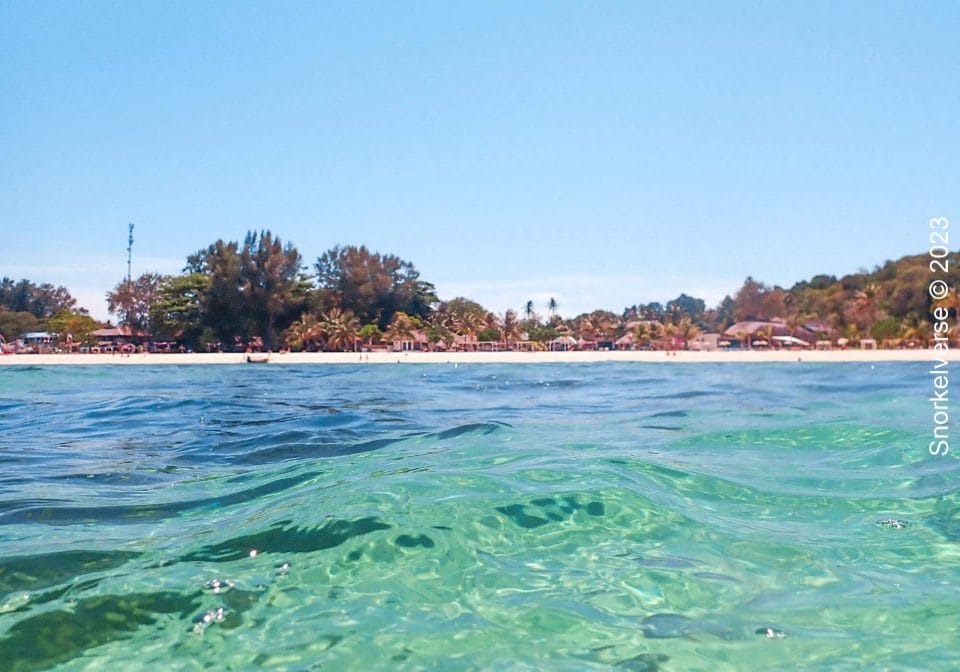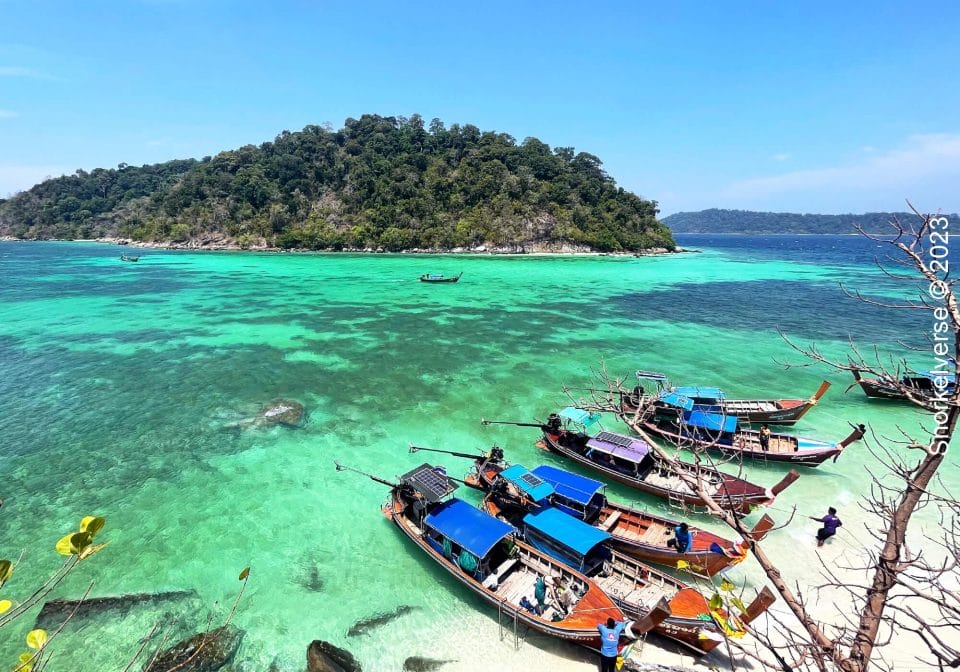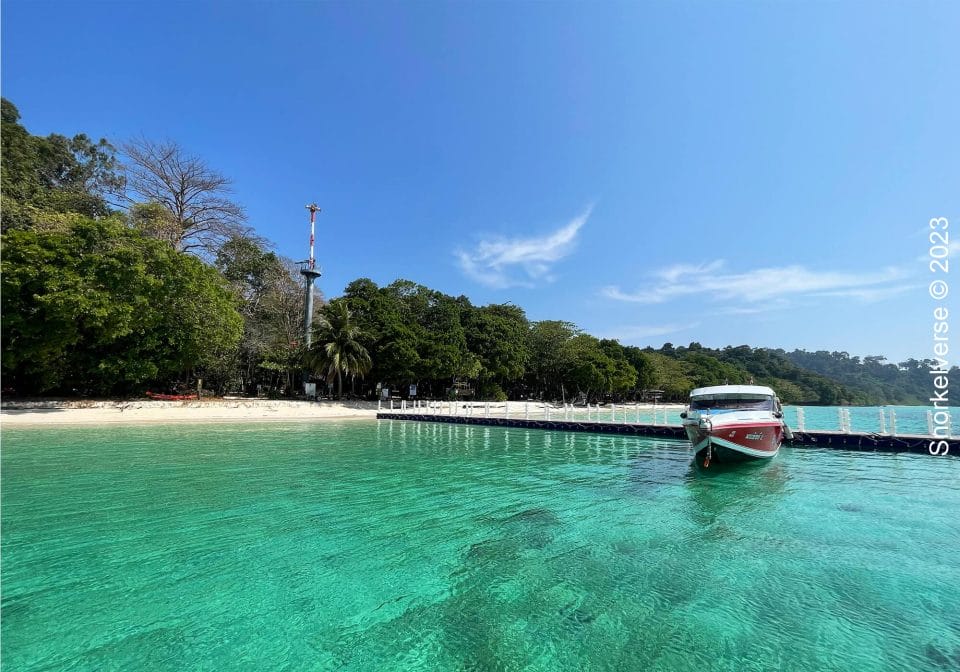

Description
The Giant Clam (Tridacna Gigas) is one of the largest Molluscs in the ocean, growing up to 1.4 meters. These vibrant coloured creatures live in shallow, coral reef ecosystems in warm waters, including the Indo-Pacific, Red Sea, Western/Central Pacific ocean.

Habitat
The Giant Clam is found in warm waters and shallow corals reef ecosystems, as they require sun light for the symbiotic relationship with algae. They live in the Indo-Pacific Ocean, Red Sea, and Western/Central Pacific Ocean.

Diet
These clams are filter feeders, meaning they filter plankton and small particles through the water column for their food. They play a role in balancing the nutrients in the water column and coral reef.

Appearance
Giant Clams are one of the largest Molluscs in the world, growing up to lengths of up to 1.4 meters! They have distinctive coloured patterns to their Mantle which is

Key Features
- Most recognisable for the soft body exposed with often bright, vibrant colours.
- The Clam has a hard shell which is often not visible and burrowed into the coral reef.
- The small spots you can see on the Clam detect light changes and therefore if they are threatened they can close up.

Threats
IUCN Conservation Status: Vulnerable

Frequently Asked Questions
The Giant Clam is found in warm waters and shallow corals reef ecosystems, as they require sun light for the symbiotic relationship with algae. They live in the Indo-Pacific Ocean, Red Sea, and Western/Central Pacific Ocean.
Star of Thorns Starfish, certain species of Nudibranch, Triggerfish, and Parrotfish are known to eat Giant Clams. These creatures are threatened, however humans can be known to harvest Giant Clams for their shells and meat.
Giant Clams are filter feeders, meaning they filter and feed on plankton and small particles through the water column for their food. They play a role in balancing the nutrients in the water column and coral reef.













